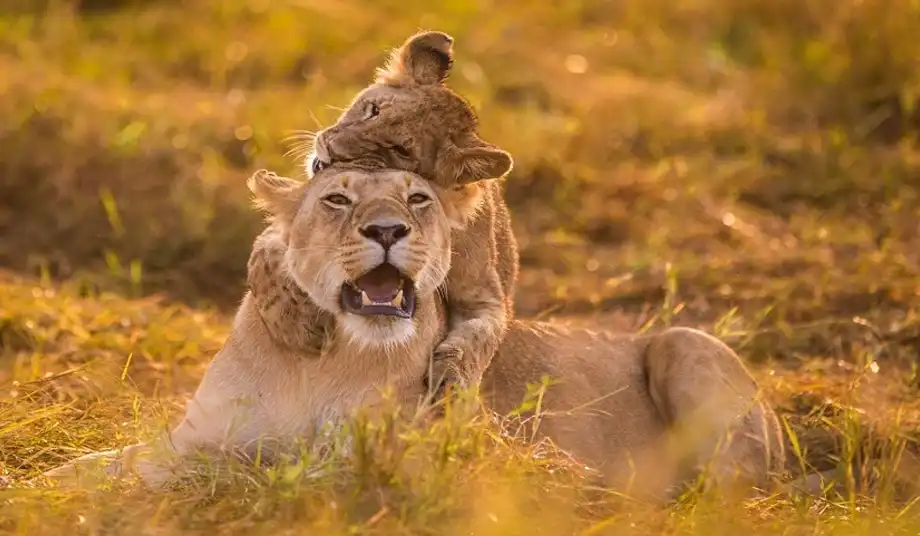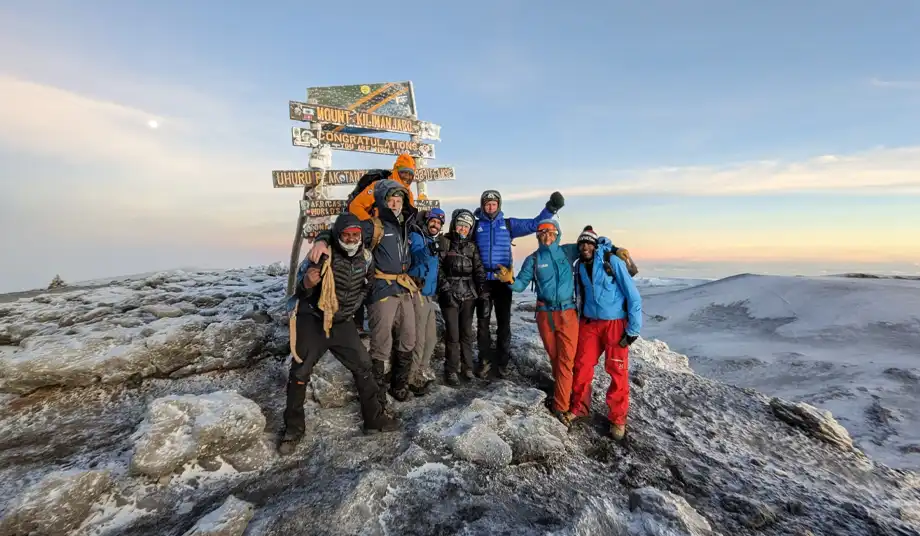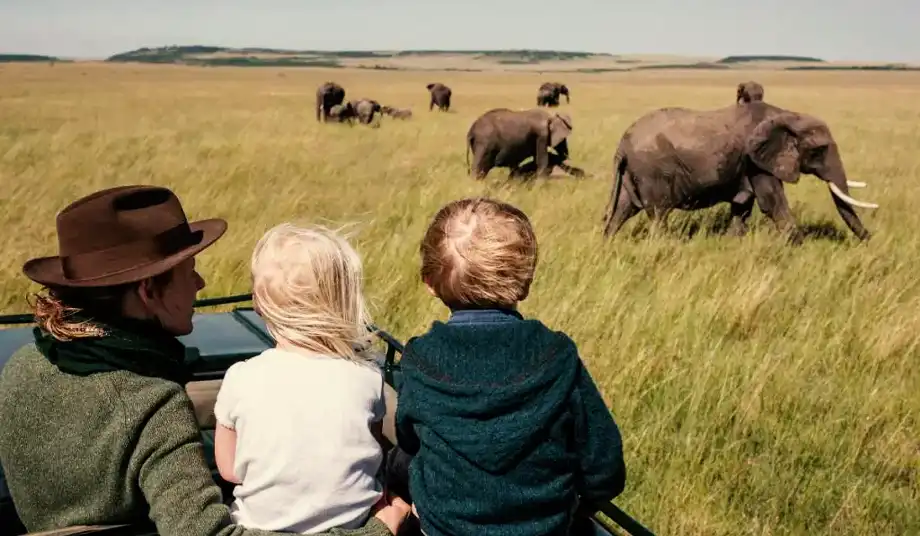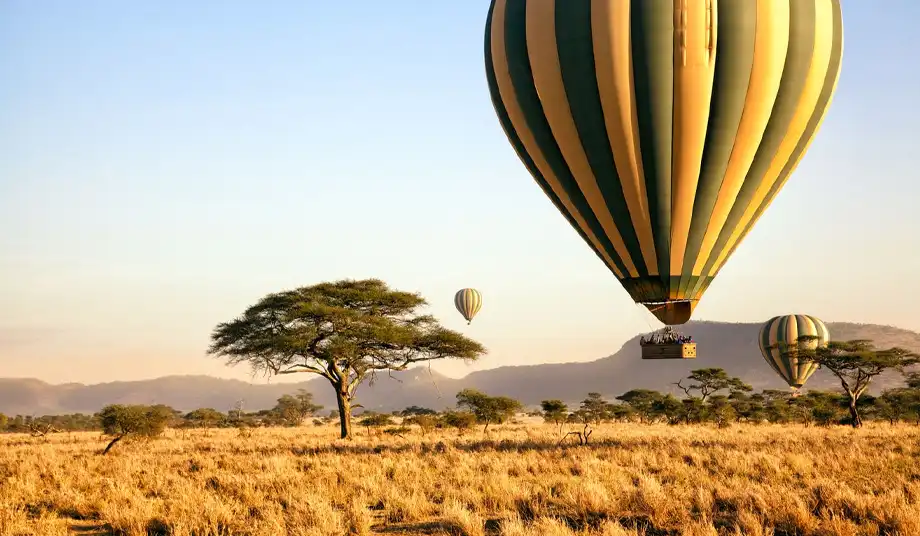Every year, nature enthusiasts and wildlife aficionados flock to East Africa to witness one of the most awe-inspiring spectacles on the planet—the great wildebeest migration. This monumental event sees millions of wildebeest, accompanied by zebras and other herbivores, embark on a remarkable journey across the vast plains of the Serengeti and the Maasai Mara. While the migration itself is widely celebrated, several lesser-known yet fascinating insights shed light on the complexities and wonders of this extraordinary phenomenon. In this comprehensive exploration, we’ll delve into five intriguing facts that offer a deeper understanding of the wildebeest migration.
Wildebeest Migration Facts
1. The Timing and Route of the Migration
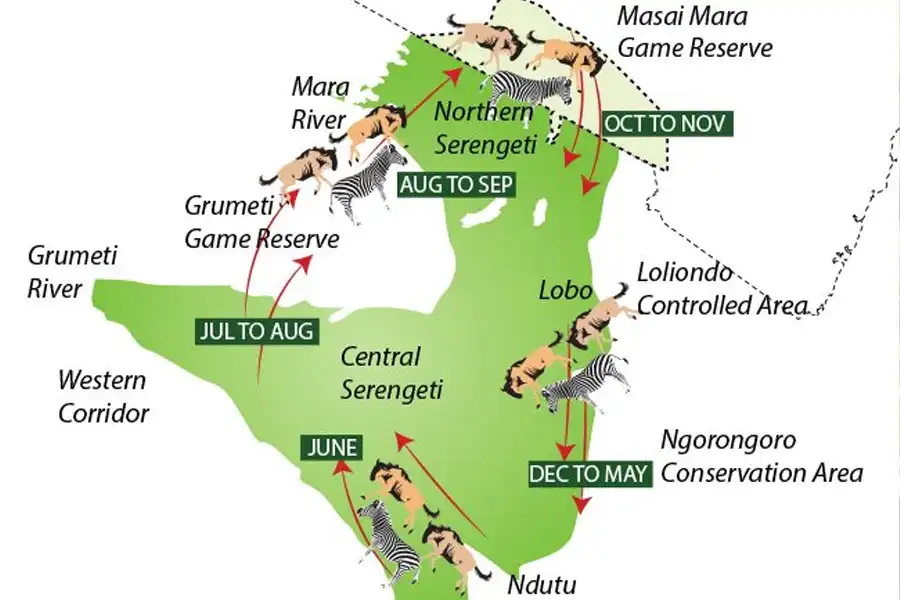
The wildebeest migration is a meticulously orchestrated journey that is dictated by the rhythms of nature. The timing of the migration is influenced by various factors, including the availability of food and water, as well as the seasonal rains. Typically, the migration commences in the Serengeti around December, where the herds graze on the nutrient-rich grasslands of the southern plains. As the dry season progresses and the grazing becomes depleted, the herds instinctively begin their northward journey towards the Maasai Mara in Kenya, where greener pastures await. Along the way, they must navigate treacherous rivers such as the Mara and Grumeti, braving crocodile-infested waters and swift currents. The return journey to the Serengeti usually occurs around July, completing the annual cycle of the migration.
2. The Role of Predators in Shaping the Migration
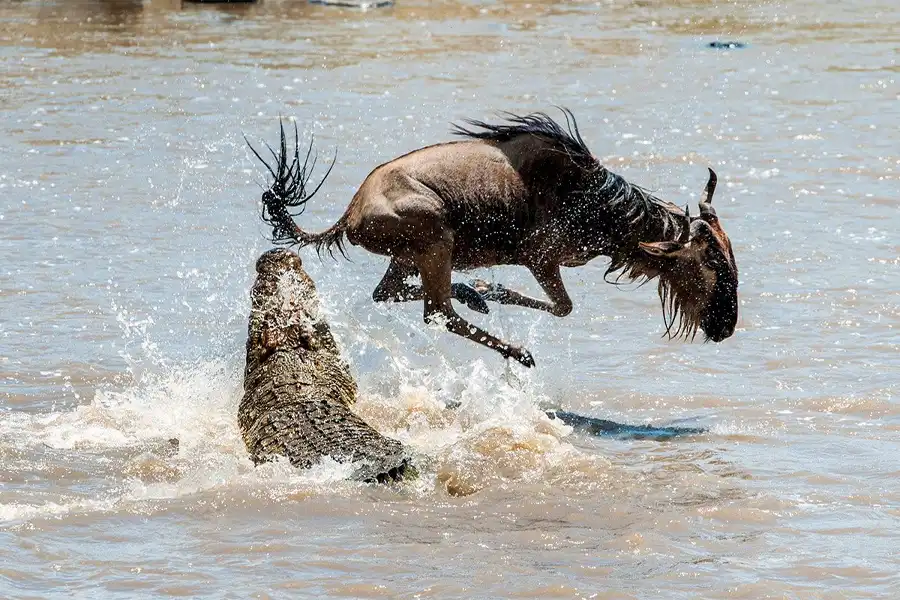
While the wildebeest migration is often portrayed as a harmonious spectacle of abundance, it is also a time of peril as predators lurk in the shadows, waiting for opportunities to hunt. Large carnivores such as lions, leopards, and hyenas are key players in shaping the migration dynamics. The presence of predators influences the movement of the herds, as they navigate their way through predator-rich areas and attempt to avoid danger. Interestingly, the migration creates a transient feast for predators, who capitalize on the abundance of prey during this time. This delicate balance between predator and prey is a fundamental aspect of the Serengeti ecosystem, underscoring the interconnectedness of all living organisms.
3. The Ecological Impact of the Migration
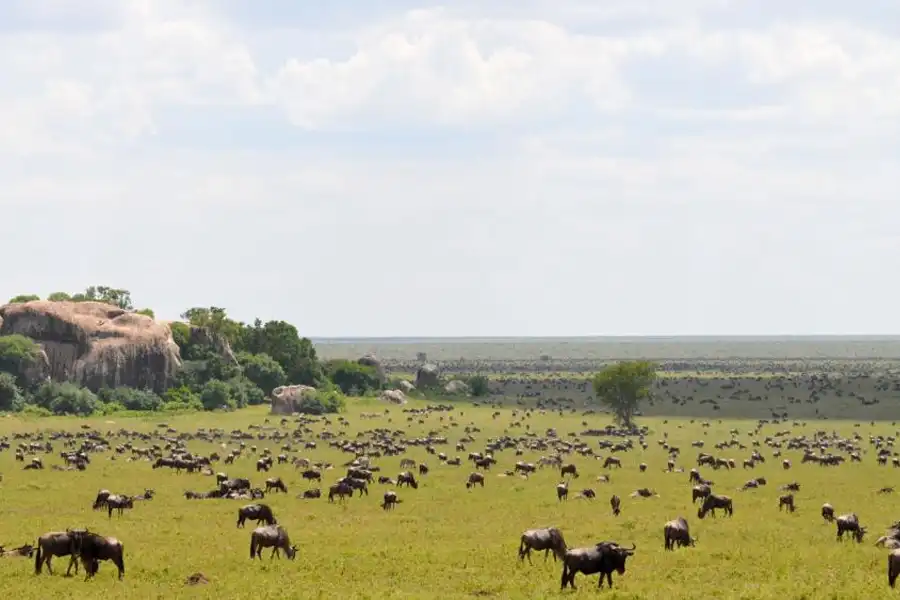
Beyond its sheer spectacle, the wildebeest migration plays a crucial role in shaping the ecological dynamics of the savannah ecosystem. As the herds traverse the landscape, they graze on grasses and stimulate new growth, which helps to regenerate the grasslands and maintain their vitality. Additionally, their constant movement and grazing patterns prevent overgrazing and promote biodiversity by creating a mosaic of habitats for other species. Furthermore, the wildebeests’ dung enriches the soil with essential nutrients, enhancing its fertility and productivity. This symbiotic relationship between the wildebeests and their environment underscores the intricate balance of nature and the importance of preserving this natural phenomenon for future generations.
4. The Crossing of Treacherous Rivers
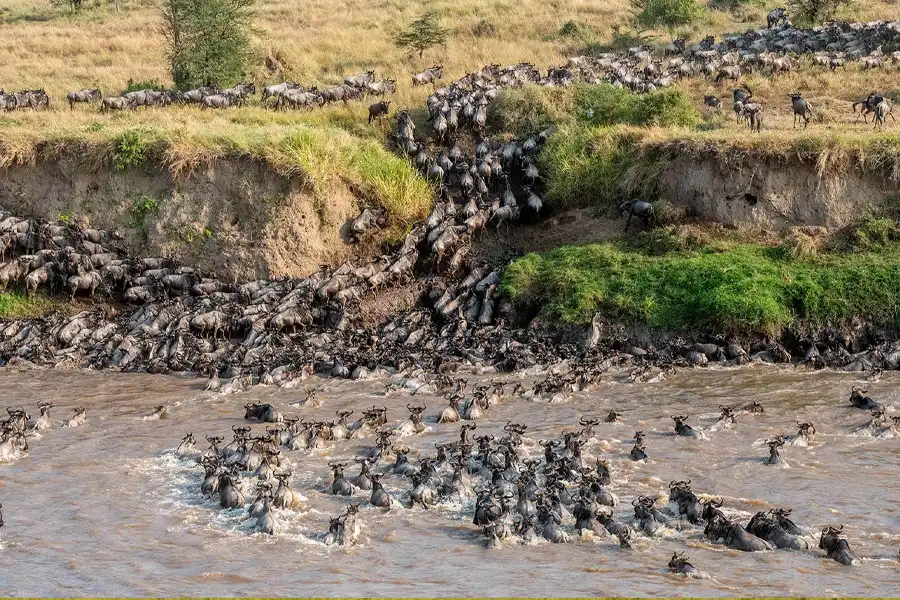
One of the most dramatic and heart-stopping aspects of the wildebeest migration is the crossing of formidable rivers such as the Mara and Grumeti. These crossings are fraught with danger as the herds must contend with swift currents, steep banks, and lurking crocodiles. The sight of thousands of wildebeests plunging into the water in a frenzied bid to reach the other side is both mesmerizing and nerve-wracking. Many wildebeests perish during these crossings, succumbing to drowning or falling prey to opportunistic crocodiles lying in wait. Yet, despite the risks, the herds press on, driven by the primal instinct to seek out greener pastures and ensure their survival. These epic river crossings are a testament to the resilience and tenacity of the wildebeests as they overcome formidable obstacles in their quest for sustenance.
5. The Role of Conservation Efforts in Protecting the Migration
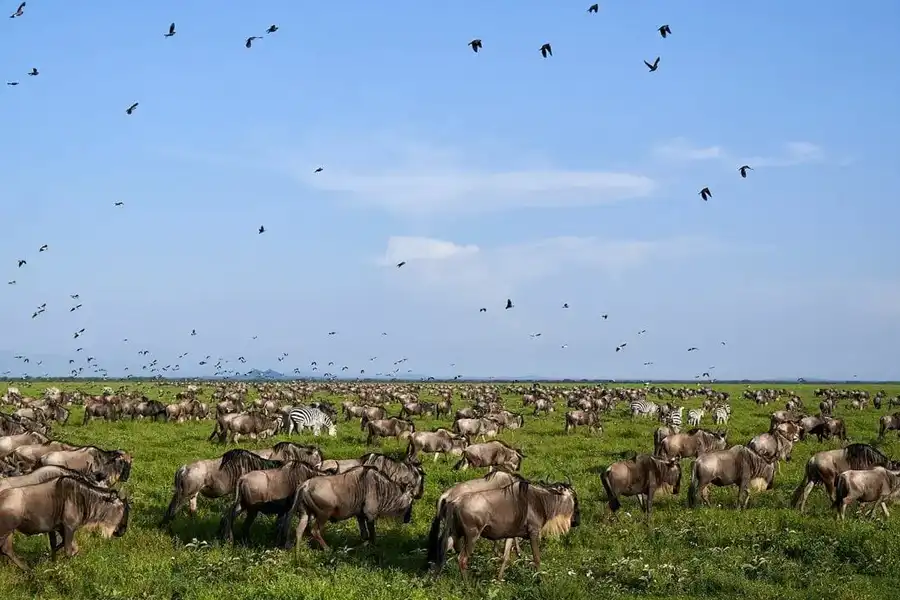
The wildebeest migration faces numerous threats, including habitat loss, poaching, and human-wildlife conflict. Conservation organizations and governments in East Africa are actively involved in efforts to protect this iconic event and the species involved. Initiatives such as habitat preservation, anti-poaching patrols, and community-based conservation programs aim to safeguard the integrity of the migration routes and ensure the long-term survival of the wildebeest population. By raising awareness, implementing sustainable practices, and fostering cooperation between stakeholders, these efforts help to preserve this natural wonder for future generations to enjoy. Furthermore, ecotourism initiatives that promote responsible wildlife viewing provide essential funding for conservation projects and support local communities, demonstrating the vital link between conservation and sustainable development.
The wildebeest migration is not merely a remarkable spectacle; it is a testament to the wonders of the natural world and the resilience of wildlife in the face of adversity. By delving into these intriguing insights, we gain a deeper appreciation for the complexities of this annual phenomenon and the importance of conservation efforts in protecting it. As we marvel at the sight of millions of wildebeests on the move, let us also reflect on the significance of preserving this extraordinary spectacle for generations to come.

